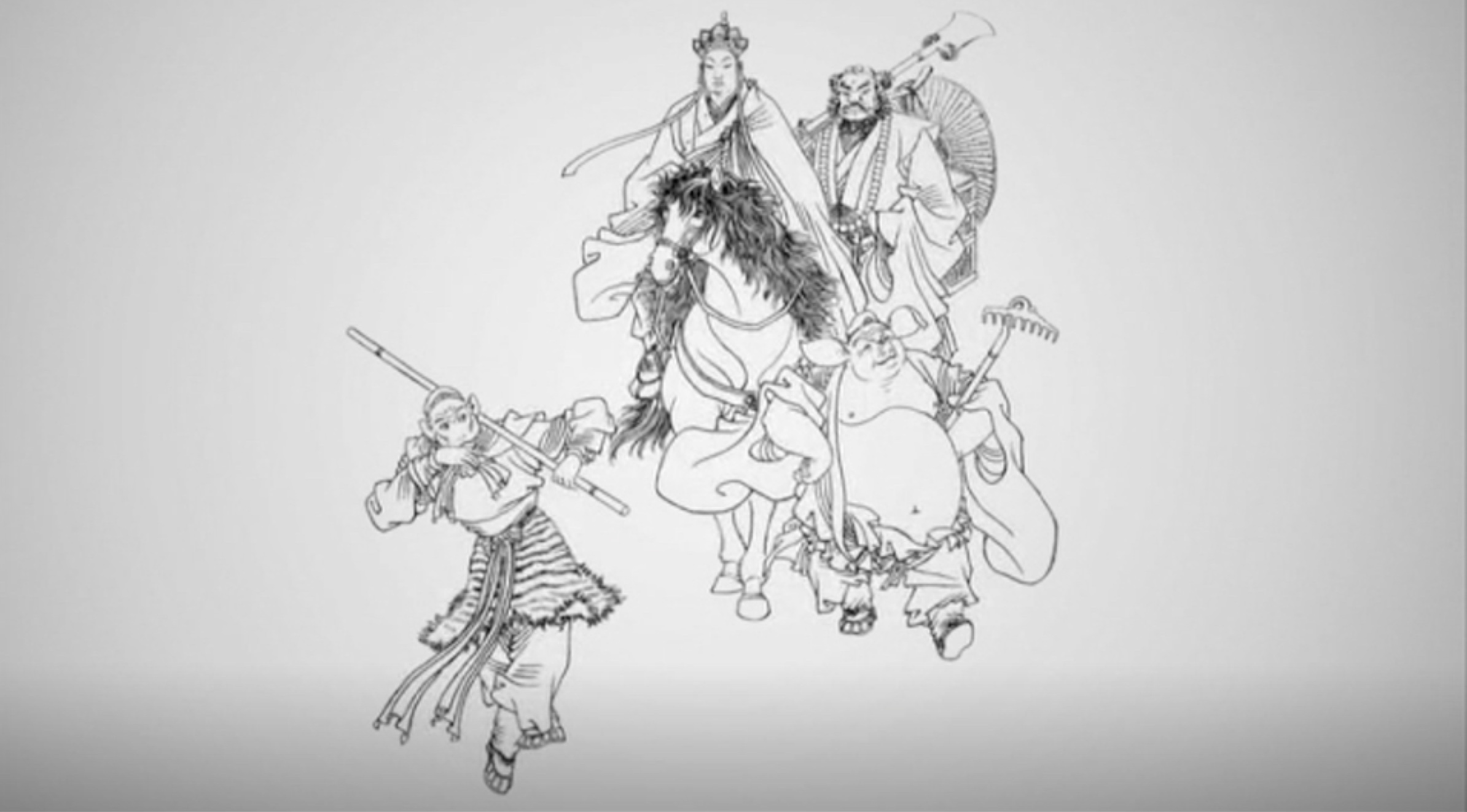- Joined
- Mar 9, 2007
- Messages
- 6,952
There was no need to hold back and wait, nor to aim. You pulled back, loosed and picked up your next arrow until either you were ordered to stop, you were overrun by the enemy or you ran out.
It was like the machine-gun of the Middle Ages, and it was very effectively used by the English, until armour and crossbows improved and archery started to go out of fashion.
"If you want to train a longbowman, start with his grandfather," is apparently what Edward III said. If you want to train a crossbowman, give a peasant a crossbow in the morning, let him shoot at some bales of hay for a couple of hours, and by lunchtime you have a crossbowman.
It was like the machine-gun of the Middle Ages, and it was very effectively used by the English, until armour and crossbows improved and archery started to go out of fashion.
"If you want to train a longbowman, start with his grandfather," is apparently what Edward III said. If you want to train a crossbowman, give a peasant a crossbow in the morning, let him shoot at some bales of hay for a couple of hours, and by lunchtime you have a crossbowman.


